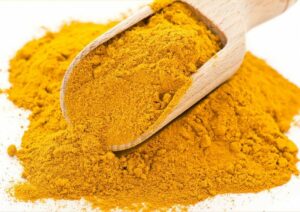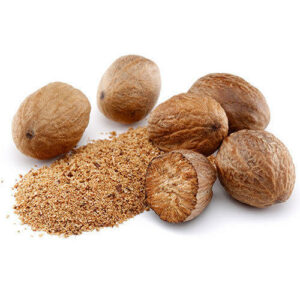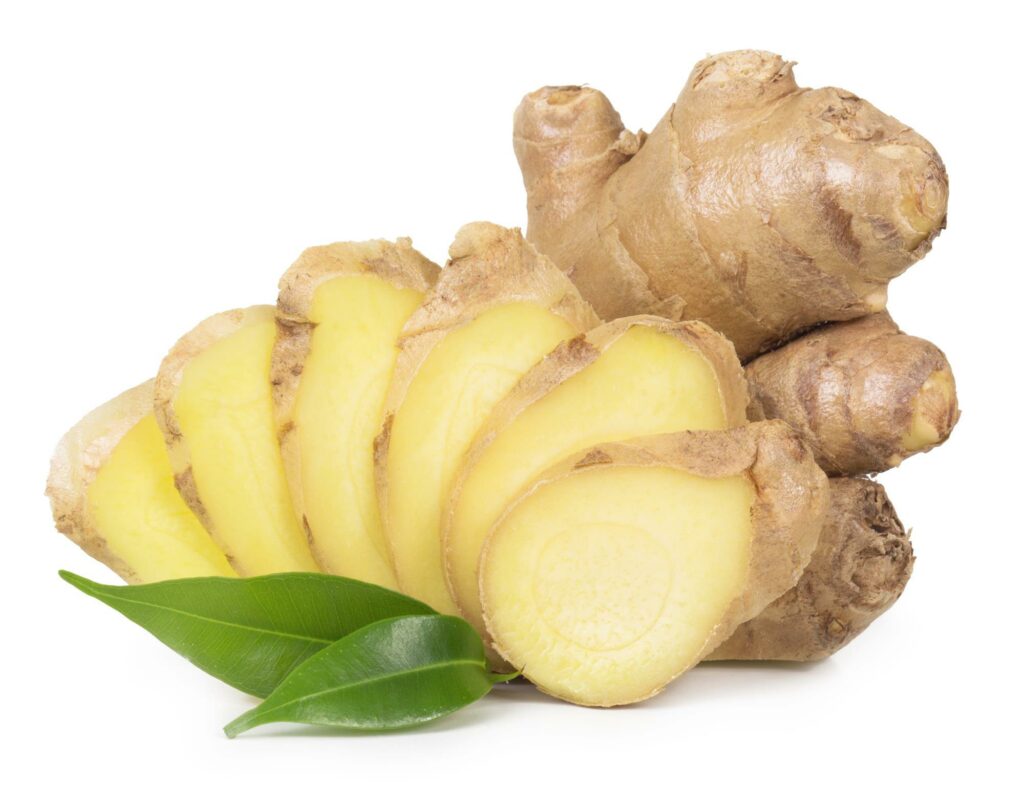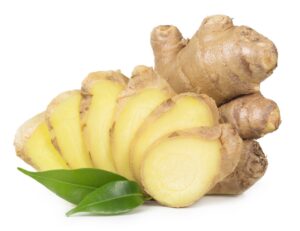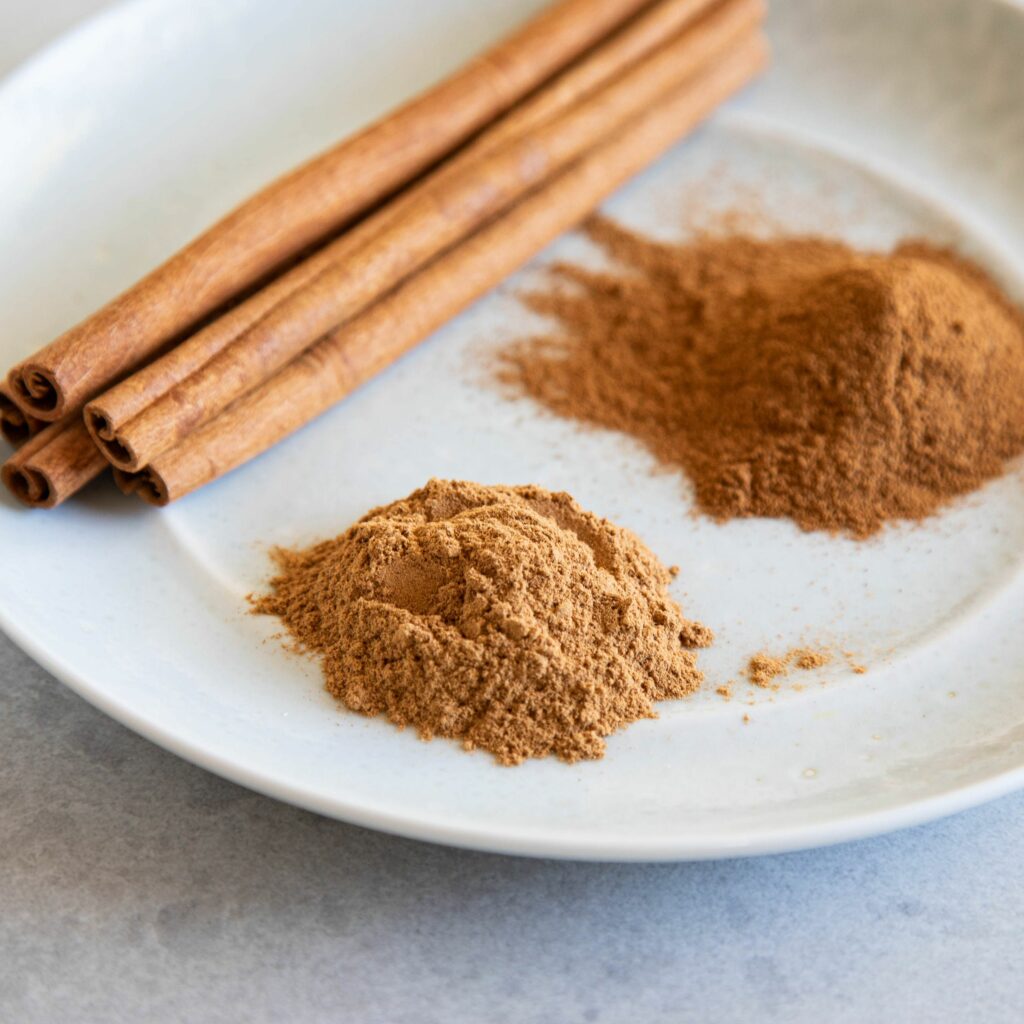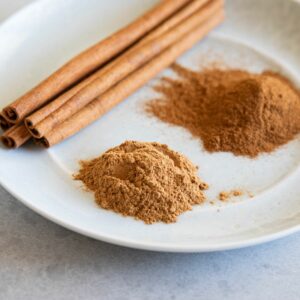Parsley
Parsley
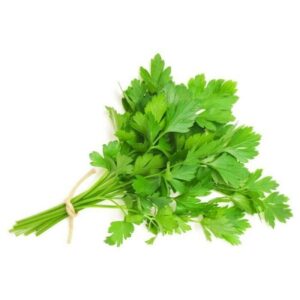
Parsley or garden parsley is known formally as Petroselinum crispum and is native to the central and eastern mediterranean region. It is commonly used as a garnish, but more popularly used as a spice. There are two main varieties of parsley: curly leaf and flat leaf. Curly leaf is probably the most recognizable, as restaurants often use it as a garnish on their plating, but both varieties are widely used in cooking.
Health benefits
Because of its light scent and fresh taste, parsley can be used in anything from soups to sauces to vegetables. In Middle Eastern cuisine, parsley is one of the main ingredients in dishes such as tabbouleh, a salad using bulgur, mint, parsley, and vegetables, and is the main herb used in stuffing for grape leaves. As a garnish, parsley can be chopped and sprinkled in soups, hummus, or mixed with ground meat, such as lamb. Parsley is commonly used as a vegetable in many soups, stews, and casseroles and features in Caribbean cuisines.
Parsley is used in our Stew & Creolicious seasonings.


